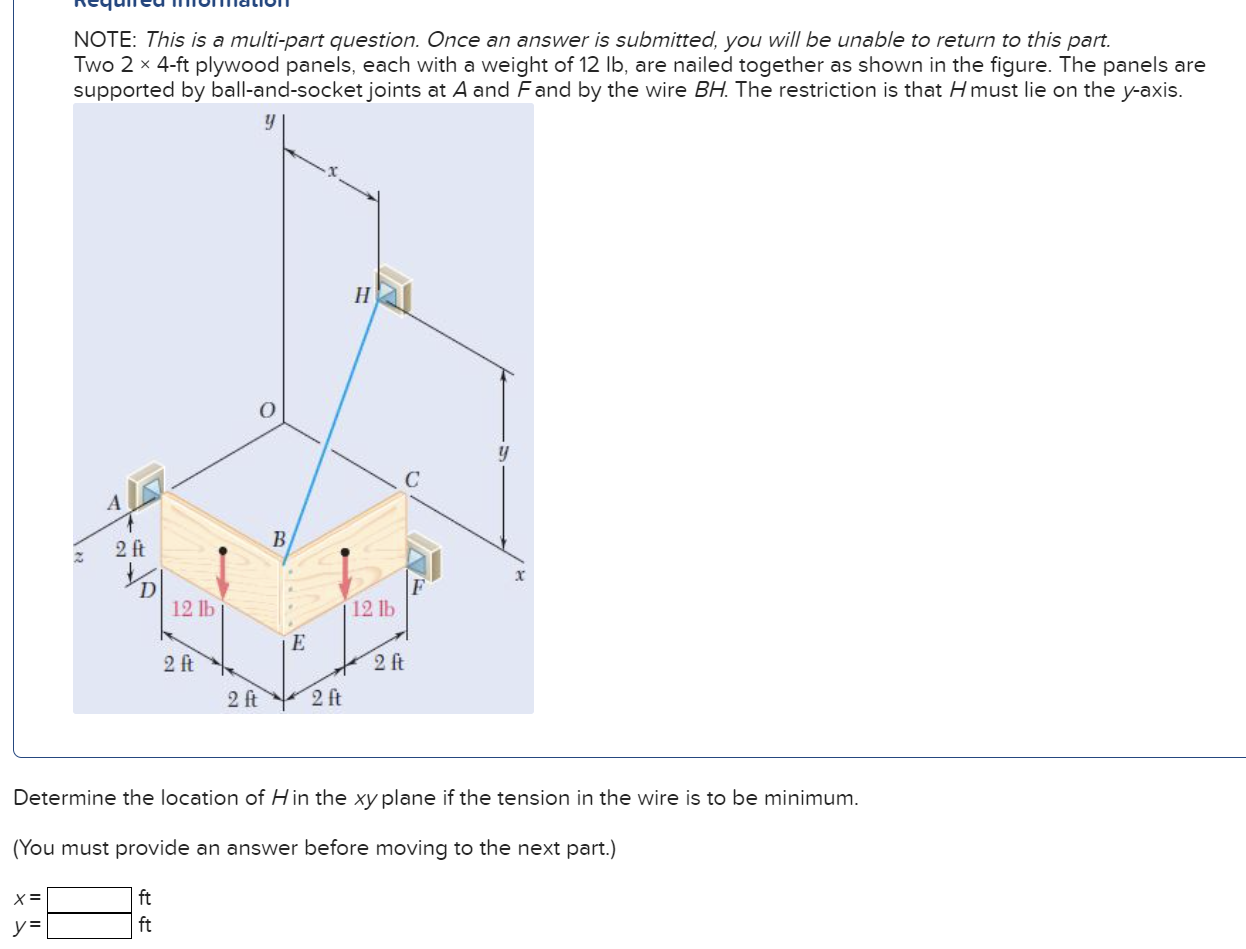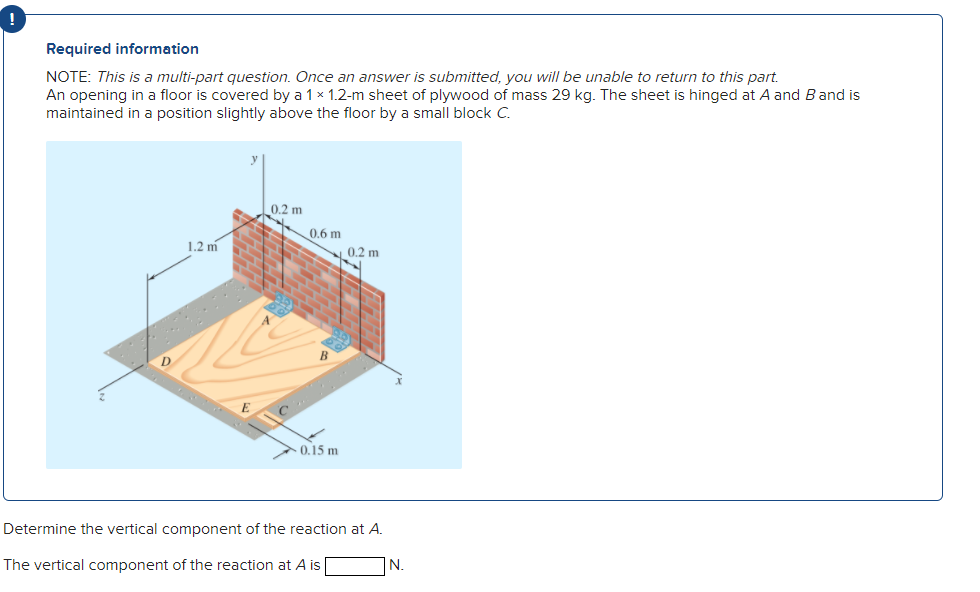If you’ve ever wondered, “Can you use pocket holes on 1/2 plywood?” then you’re in the right place. Let’s dive into this woodworking puzzle and find the answer together!
Picture this: you’ve got a project that requires joining pieces of 1/2-inch plywood, but you’re not sure if pocket holes are up to the task. Well, hold on tight as we unravel the mysteries of pocket holes and plywood!
So, whether you’re a young woodworker or just someone curious about the world of DIY, let’s explore the possibilities of using pocket holes on 1/2-inch plywood in a fun and informative way!
Can You Use Pocket Holes on 1/2 Plywood?
When it comes to woodworking projects, pocket holes are a popular joinery method that provides strength and stability. But can you use pocket holes on 1/2 plywood? That’s a question many DIY enthusiasts and woodworkers may have. In this article, we will explore the suitability of pocket holes on 1/2 plywood and discuss the factors to consider when using this joinery technique. Whether you’re working on furniture, cabinets, or any other project involving 1/2 plywood, read on to find out if pocket holes are a suitable option.
The Basics of Pocket Holes
Pocket holes are created using a specialized jig and a stepped drill bit. The jig helps guide the drill at the correct angle to create a pocket, which is a hole that extends partially through the wood. The hole is then filled with a pocket hole screw, creating a strong and invisible joint. Pocket holes are commonly used in woodworking to join two pieces of wood together at a right angle, providing a quick and efficient method of assembly.
To determine whether pocket holes can be used on 1/2 plywood, it’s essential to understand the capabilities and limitations of this joinery technique. While pocket holes are versatile and commonly used on various wood thicknesses, there are a few considerations to keep in mind when working with 1/2 plywood.
One key factor is the thinness of 1/2 plywood compared to thicker wood. The thickness of the wood plays a role in the strength and stability of the pocket hole joint. Thicker wood provides a larger surface area for the pocket hole screw, creating a more secure connection. With 1/2 plywood, the limited thickness may affect the overall strength of the joint, so it’s important to take extra precautions.
Considerations for Using Pocket Holes on 1/2 Plywood
When using pocket holes on 1/2 plywood, there are a few important considerations to keep in mind:
- Plywood Quality: Choose high-quality plywood that is free from defects, as the strength of the joint will depend on the integrity of the wood itself.
- Backing Material: Consider adding backing material, such as solid wood strips, on the inside of the joint to reinforce the connection and increase stability.
- Smaller Screws: Use shorter pocket hole screws that are appropriate for the thickness of the plywood. This will prevent the screws from protruding out the other side or damaging the wood surface.
- Multiple Pocket Holes: Use multiple pocket holes to distribute the load and increase the strength of the joint. This can help compensate for the reduced thickness of the plywood.
- Glue: Apply wood glue to the joint before inserting the pocket hole screws. The glue will provide an extra layer of strength and help reinforce the connection.
Pros and Cons of Using Pocket Holes on 1/2 Plywood
Like any joinery technique, using pocket holes on 1/2 plywood comes with its own set of advantages and disadvantages. Let’s explore some of these below:
Benefits
– Quick and easy assembly: Pocket holes offer a fast and efficient method of joining pieces together, making it ideal for time-sensitive projects.
– Versatile: Pocket holes can be used in a wide range of woodworking projects and join different types of materials, including plywood.
– Concealed Joints: The pocket holes are hidden, leaving a clean and professional-looking finished product.
Drawbacks
– Reduced Strength: Due to the thinner nature of 1/2 plywood, the joint may not be as strong and sturdy compared to using pocket holes on thicker wood.
– Limited Screw Length: When using shorter screws to avoid protruding through the plywood, there may be a limit to the thickness of the materials being joined.
– Requires Additional Reinforcement: To compensate for the reduced strength, additional measures like backing material or glue may be necessary to ensure a secure joint.
Using Pocket Holes on 1/2 Plywood: Tips and Techniques
Now that we’ve discussed the basics, considerations, and pros and cons of using pocket holes on 1/2 plywood, let’s dive into some helpful tips and techniques to ensure successful results:
1. Choose the Right Pocket Hole Jig:
Invest in a high-quality pocket hole jig that offers adjustable settings for different wood thicknesses. This will ensure that you can set the correct angle and depth for the pocket hole.
2. Pre-drill Pilot Holes:
Before creating the pocket hole, it’s helpful to pre-drill pilot holes on the plywood to prevent splitting. This is especially important when working close to the edge of the plywood.
3. Test and Adjust:
Before assembling the entire project, it’s recommended to conduct a test joint on scrap pieces of 1/2 plywood. This allows you to assess the strength and stability of the joint and make any necessary adjustments.
4. Use Clamps:
When joining pieces together with pocket holes, it’s beneficial to use clamps to hold the pieces in place during assembly. This helps ensure accurate alignment and a tight joint.
5. Sand and Finish:
After the pocket hole joints are assembled, sand down any rough edges, and apply the desired finish to the plywood. This will give the final project a polished and professional look.
Can You Use Pocket Holes on 1/2 Plywood for Outdoor Projects?
When it comes to outdoor projects involving 1/2 plywood, such as garden furniture or outdoor structures, it’s important to consider the impact of weather and moisture. While pocket holes can be used in outdoor projects, additional precautions must be taken to protect the plywood from water damage.
Here are a few tips for using pocket holes on 1/2 plywood for outdoor projects:
1. Choose Weather-Resistant Plywood:
Opt for exterior-grade plywood that is designed to withstand moisture and other outdoor elements. This will provide better durability and longevity for your project.
2. Apply Waterproofing Sealants:
Before assembling the project, apply a waterproofing sealant to the plywood surfaces to protect them from water penetration. This will help prevent warping, rotting, and other damage over time.
3. Use Stainless Steel Screws:
When using pocket hole screws, opt for stainless steel screws that are resistant to rust. This will ensure the integrity of the joint and prevent deterioration due to exposure to moisture.
In summary, while pocket holes can be used on 1/2 plywood, it’s important to take into account the reduced thickness and make the necessary adjustments for optimal results. By using high-quality plywood, reinforcing the joint, and following proper techniques, you can successfully use pocket holes on 1/2 plywood in various woodworking projects. Remember to consider the specific requirements of your project, whether it’s for indoor or outdoor use, and take appropriate measures to ensure the longevity and stability of the joint.
Can you use pocket holes on 1/2 plywood?
- Yes, you can use pocket holes on 1/2 plywood.
- Pocket holes are a great option for joining 1/2 plywood together.
- They provide a strong and secure connection.
- Using pocket holes on 1/2 plywood is a popular technique among woodworkers.
- However, it’s important to use the correct pocket hole screws and ensure proper alignment.
Frequently Asked Questions
Welcome to our FAQ section where we address common queries about using pocket holes on 1/2 inch plywood. Read on to find answers to your questions!
Can I use pocket holes on 1/2 inch plywood?
Absolutely! Pocket holes are a versatile joinery method that can be used on various materials, including 1/2 inch plywood. By drilling pocket holes, you can securely fasten pieces of plywood together, creating strong and durable connections.
However, it’s important to use the appropriate pocket hole jig and screws for 1/2 inch plywood. Choose a jig and screws specifically designed for thinner materials to ensure a proper fit and prevent any splitting or damage to the plywood.
What type of pocket hole jig should I use for 1/2 inch plywood?
When working with 1/2 inch plywood, it’s recommended to use a pocket hole jig that accommodates thinner materials. Look for a jig that offers adjustable settings for different thicknesses and includes a guide with hole spacings suitable for 1/2 inch plywood.
There are various pocket hole jigs available in the market, so choose one that best suits your needs. Consider factors such as ease of use, durability, and compatibility with your tools. Reading reviews from other users can also help you make an informed decision.
What size pocket hole screws should I use for 1/2 inch plywood?
For 1/2 inch plywood, it’s recommended to use pocket hole screws that are 1 inch to 1-1/4 inches long. These screws provide an adequate amount of thread engagement into the plywood, ensuring a strong connection.
Always choose screws specifically designed for pocket holes, as they have self-tapping features and the correct head design to properly seat in the pocket holes. It’s also important to use the appropriate screw size according to the thickness of the plywood to avoid any splitting or insufficient grip.
Do I need to use wood glue in conjunction with pocket holes in 1/2 inch plywood?
Using wood glue in conjunction with pocket holes is generally recommended, especially when joining 1/2 inch plywood. Wood glue adds an extra layer of strength and stability to the joint, making it even more secure.
Apply a thin layer of wood glue to the edges of the plywood before joining them with pocket holes. This will create a strong bond that, when combined with the mechanical strength of the pocket holes, will result in a robust connection. Be sure to wipe off any excess glue before it dries to maintain a clean and finished look.
Can I use pocket holes to join 1/2 inch plywood with other materials?
Yes, pocket holes can be used to join 1/2 inch plywood with other materials, such as solid wood or MDF (medium-density fiberboard). However, it’s important to consider the compatibility of the materials and their structural integrity.
Keep in mind that the strength of the joint will depend on the weakest material involved. For instance, if the other material is softer or less stable than the plywood, it may affect the overall strength of the connection. It’s advisable to choose materials that are similar in strength and stability to ensure a reliable joint.
Summary
Pocket holes can be used on 1/2-inch plywood, but there are some considerations to keep in mind. Since plywood is not solid wood, the screws may not hold as well, so it’s important to use the right size and type of screws. Additionally, it may be helpful to reinforce the joint with glue or other methods for added strength.
While pocket holes can work on 1/2-inch plywood, it’s important to be cautious and take steps to ensure a strong connection. By using the appropriate screws, reinforcing the joint, and being mindful of the limitations of plywood, it is possible to create sturdy and reliable connections with pocket holes.

